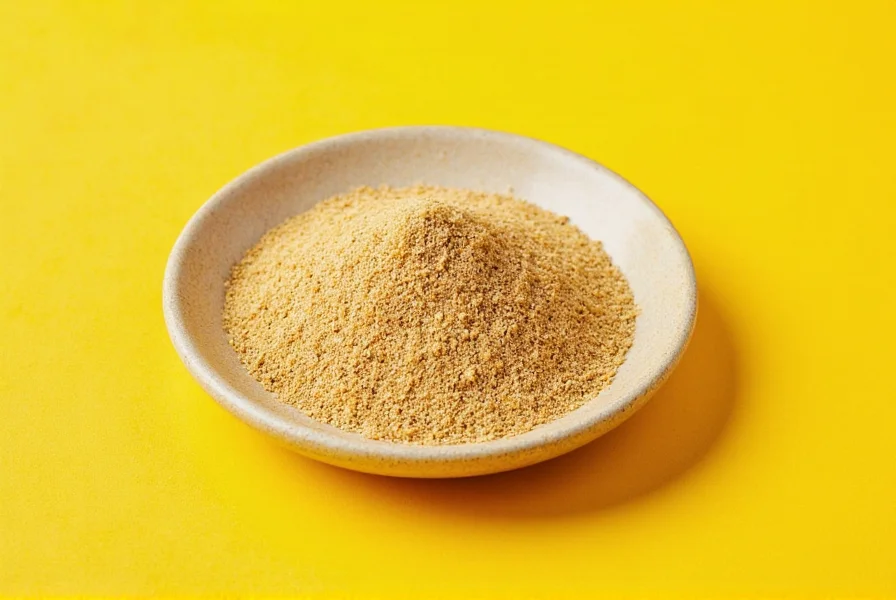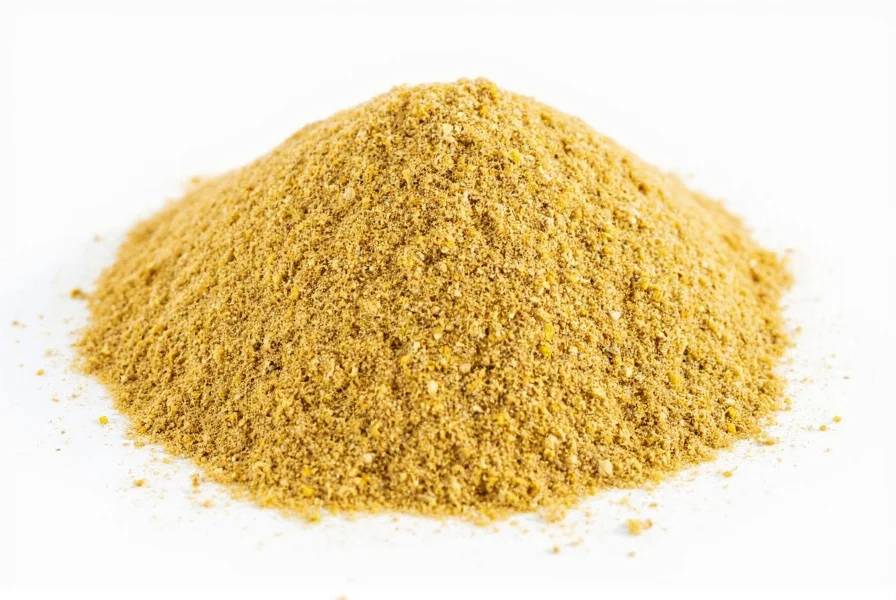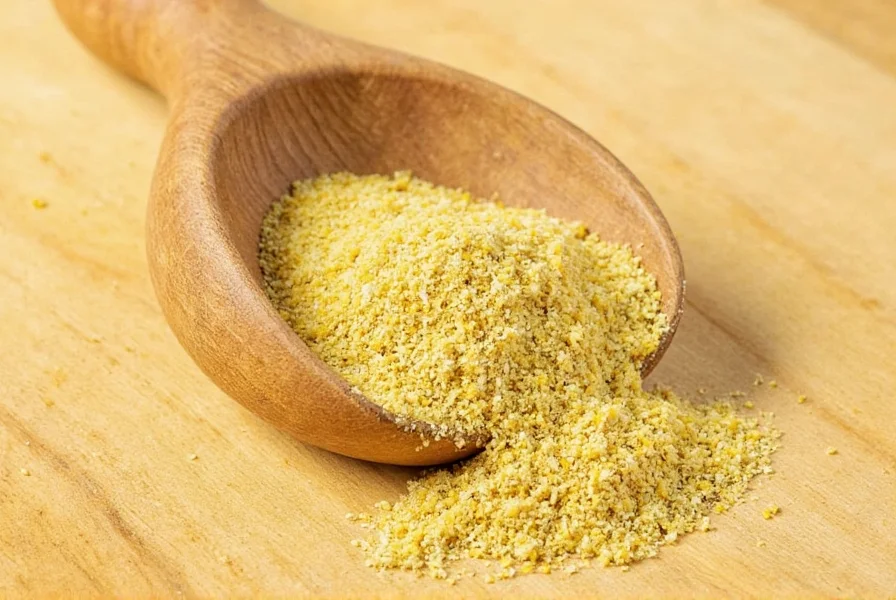Ginger seasoning transforms ordinary dishes into aromatic culinary experiences. This dried spice variant delivers consistent flavor without the moisture content of fresh ginger, making it ideal for spice blends, dry rubs, and long-cooking dishes where fresh ginger might lose potency. Understanding how to properly use ginger seasoning elevates your cooking while avoiding common pitfalls like overpowering dishes or using incorrect substitution ratios.
Understanding Ginger Seasoning Varieties
Ginger seasoning primarily appears in three forms, each serving different culinary purposes:
| Type | Characteristics | Best Culinary Uses |
|---|---|---|
| Ginger powder | Dried, finely ground root; concentrated flavor | Baking, spice blends, dry rubs, long-simmering dishes |
| Candied/crystallized ginger | Sugar-coated pieces; sweet with intense ginger heat | Desserts, trail mixes, tea infusions |
| Ground ginger spice blends | Combined with other spices (cinnamon, nutmeg) | Pumpkin pie, gingerbread, chai tea |
Unlike fresh ginger with its sharp, citrusy notes, ginger seasoning develops deeper, earthier flavors through the drying process. The dehydration concentrates gingerols (the compound responsible for ginger's heat) into shogaols, creating a more intense but less complex flavor profile. This transformation makes powdered ginger particularly effective in dishes requiring extended cooking times where fresh ginger's volatile compounds would dissipate.

Optimal Culinary Applications for Ginger Seasoning
Mastering ginger seasoning usage requires understanding which dishes benefit most from its unique properties. The spice excels in specific applications where fresh ginger would be impractical or less effective.
Baking and Desserts
Ginger seasoning shines in baked goods where precise measurements matter. Its dry nature integrates seamlessly into flour mixtures without altering moisture balance. For gingerbread, use 1-2 teaspoons of ginger powder per cup of flour along with complementary spices like cinnamon and cloves. In cookie recipes, 1/2 teaspoon of ginger powder creates subtle warmth without overwhelming other flavors.
Asian Cuisine Applications
While fresh ginger dominates many Asian dishes, ginger seasoning serves specific purposes in certain regional specialties. Use it in:
- Five-spice powder blends (combine with star anise, fennel, cloves, and Szechuan pepper)
- Dry marinades for meats before stir-frying
- Thick sauces where fresh ginger fibers would create texture issues
- Commercial curry powders requiring shelf stability
Meat Rubs and Marinades
Create exceptional dry rubs by combining ginger seasoning with paprika, garlic powder, and brown sugar. The fine powder adheres better to meat surfaces than fresh ginger, creating an even flavor distribution. For a basic pork rub, mix 2 tablespoons brown sugar, 1 tablespoon ginger powder, 1 teaspoon each of garlic powder and smoked paprika, plus salt and pepper.
Substitution Guidelines and Measurement Conversions
Understanding ginger seasoning substitution ratios prevents recipe failures. The general conversion is:
- 1 tablespoon fresh grated ginger = 1/4 teaspoon ginger powder
- 1 inch fresh ginger knob = 1/2 teaspoon ginger powder
- 1 teaspoon crystallized ginger = 1/8 teaspoon ginger powder (plus sugar adjustment)
When substituting fresh for powdered ginger, increase the amount fourfold but recognize that fresh ginger provides brighter, more complex flavor notes while powdered offers more consistent heat. In delicate dishes like fish or light sauces, fresh ginger generally performs better, while powdered excels in robust dishes like stews or baked goods.
Storage Techniques for Maximum Freshness
Proper storage maintains ginger seasoning's potency. Keep these guidelines in mind:
- Store in airtight containers away from light and heat sources
- Keep away from strong-smelling spices like cumin or cloves
- Maximum freshness: 6-12 months (vs. 3-4 months for whole dried ginger)
- Test potency by rubbing a small amount between fingers - strong aroma indicates freshness

Discard ginger seasoning that appears faded, lacks aroma, or tastes flat. Unlike fresh ginger which shows visible mold, degraded powdered ginger simply loses potency without obvious signs. For extended storage, consider freezing ginger powder in an airtight container, which preserves flavor for up to 18 months.
Creative Uses Beyond Traditional Applications
Expand your culinary repertoire with these innovative ginger seasoning applications:
- Add 1/4 teaspoon to coffee grounds before brewing for a spicy morning boost
- Mix with honey and lemon for soothing throat tea
- Incorporate into homemade body scrubs with sugar and coconut oil
- Blend with oatmeal and banana for ginger-spiced breakfast bowls
- Create ginger-infused simple syrup for cocktails (1/4 cup powder per cup of syrup)
Health Considerations and Flavor Science
Ginger contains bioactive compounds with potential health benefits, though ginger seasoning delivers these differently than fresh ginger. The drying process converts gingerols to shogaols, which some studies suggest have higher antioxidant activity but different absorption rates. While not a substitute for medical treatment, incorporating ginger seasoning into your diet may support digestion and provide anti-inflammatory compounds.
From a flavor chemistry perspective, ginger's pungency comes from gingerols, while its warmth derives from zingerone. The drying process increases shogaol content, creating more intense heat but less complex flavor notes than fresh ginger. Understanding these chemical differences helps explain why certain dishes work better with specific ginger forms.
Frequently Asked Questions
Can I substitute ginger seasoning for fresh ginger in all recipes?
While substitution is possible, it works best in specific applications. Use ginger seasoning in baked goods, dry rubs, and long-cooking dishes. For fresh applications like salads, sushi, or quick stir-fries, fresh ginger provides superior flavor complexity. Remember the 1:4 substitution ratio (1/4 teaspoon powder = 1 tablespoon fresh grated ginger).
Why does my ginger seasoning taste bitter?
Bitterness usually indicates degraded ginger powder. Old or improperly stored ginger seasoning loses volatile compounds and develops bitter notes. Check the aroma - fresh ginger powder should have a strong, warm scent. If it smells musty or faint, replace it. Also, avoid cooking ginger powder at very high temperatures for extended periods, as this creates bitter compounds.
How can I enhance the flavor of ginger seasoning in dishes?
Bloom ginger powder in oil or butter before adding other ingredients to release its full flavor potential. Heat 1-2 teaspoons of oil, add the ginger powder, and cook for 30-60 seconds until fragrant (but not burning) before proceeding with your recipe. This technique works particularly well for curries, stir-fries, and sauce bases, creating a more rounded ginger flavor than adding it directly to liquids.
Is ginger seasoning safe for people with ginger allergies?
No, ginger seasoning contains the same allergenic compounds as fresh ginger. People with ginger allergies should avoid all forms of ginger, including powdered, crystallized, and liquid extracts. The drying process doesn't eliminate the proteins responsible for allergic reactions. Always check ingredient labels carefully if you have a known ginger allergy.
What's the difference between ginger powder and ground ginger?
These terms are generally interchangeable in culinary contexts. Both refer to dried ginger root that's been ground into a fine powder. Some manufacturers use 'ginger powder' for pure ground ginger, while 'ground ginger' might occasionally indicate a spice blend, but this isn't a consistent industry standard. Always check ingredient labels if you need pure ginger without additives.











 浙公网安备
33010002000092号
浙公网安备
33010002000092号 浙B2-20120091-4
浙B2-20120091-4